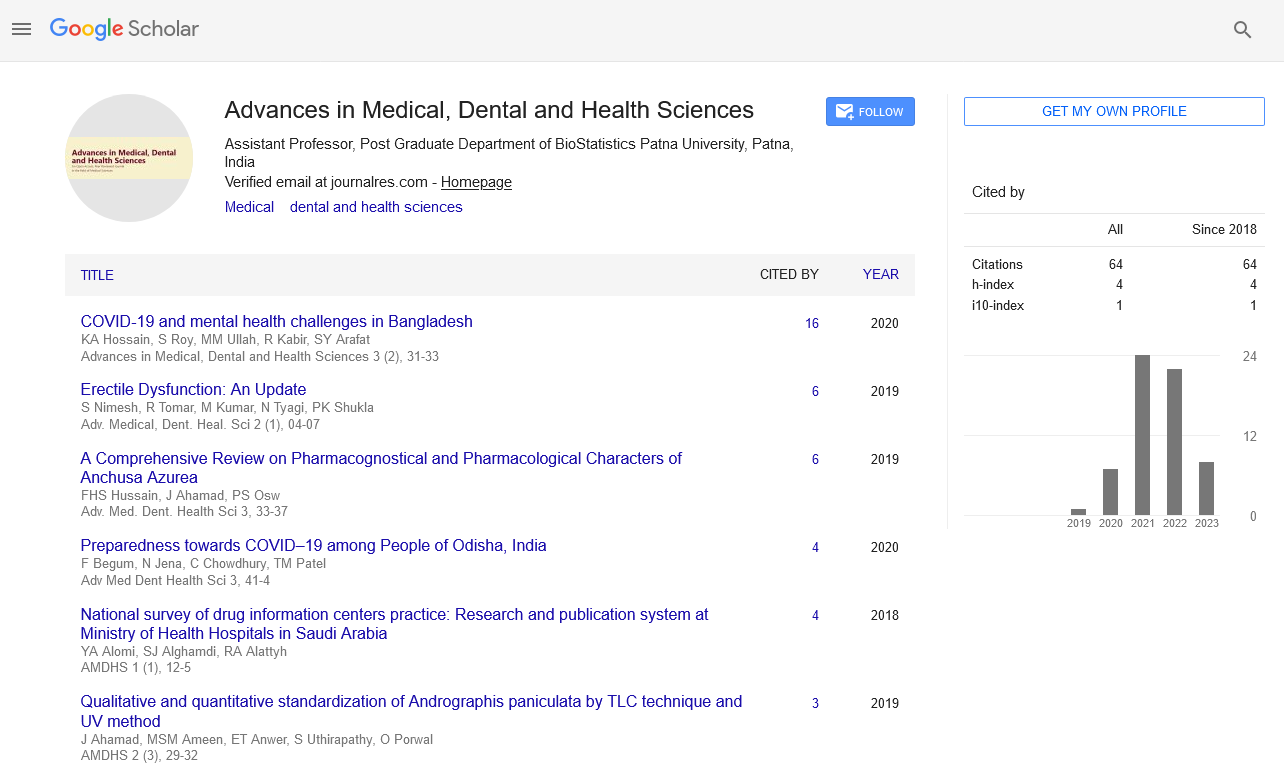Assessment of Etiology Pattern and Treatment of Tinea Infections in a Tertiary Care Hospital
Abstract
Author(s): Acsah J George, Deepa Godbole, Monika Mali, and Sunita Pawar
Background: The study provides an overview of aetiology, drug utilization and pattern of widespread of tinea infections in a tertiary care hospital. Aim: Assessment of pattern of aetiology and management of widespread of Tinea infections. Objectives: To assess the aetiology of Tinea infection, to evaluate the clinical presentation and outcome of widespread of Tinea infection and to evaluate the drug utilization pattern of patients with newly diagnosed and history of tinea infection. Methodology: A prospective study conducted for two months included patients visited dermatology OPD with a history and recent diagnosis of tinea infections. Patient details like demographic, presenting complaints, past medical and medication history were noted in self-designed proforma. Assessment of widespread of tinea infections and drug utilization pattern were calculated and expressed as Mean± SD. Results: From a total of 100%, 51.35% were male aged between 21-30 years (32.43%). The most common area of exposure for lesions was localized (54.05%). The frequently used topical and systemic anti-fungals in patients with a history of tinea infections were Clobetasol (34%) and Itraconazole (38%) respectively. The manifestation of tinea cruris and corporis together was found to be 40.54% of the total cases. The current drug utilization pattern revealed the maximum usage of Azoles i.e. Luliconazole (45.65%) as topical and Itraconazole (39.13%) as systemic anti-fungal agents. Conclusion: The study highlights widespread of infections and drug utilization pattern of azoles and other anti-fungals for the management of tinea infections.
